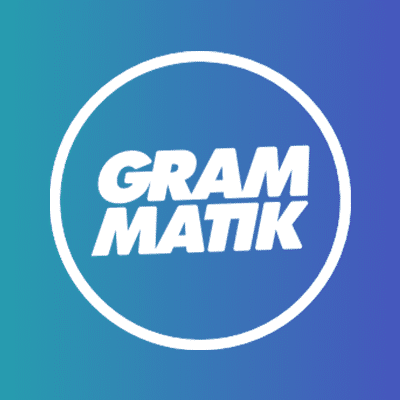Time and again I find myself having to explain to a distant relative, or a random acquainted, what I do for a living.
My usual go-to answer is: I help companies increase their brand awareness and hone their reputation by telling their story.
Interestingly enough, their go-to reply is: so you work in marketing?
And the answer is: yes. And no.
There is a fine line between PR and marketing. That’s because public relations is one of the most misunderstood professions. Whilst some believe PR is about party planning, celebrities, and drinking cocktails (I wish!) thanks to Sex and the City’s iconic Samantha Jones, others profess it is relabelled propaganda.
These are hardly ringing endorsements for the profession. The truth is, PR is far more complex and difficult to explain. Naturally, the view of public relations will differ from that of a sociologist, an economist, or an organisational theorist. But if there’s one thing they all have in common is the notion of reputation.
A useful way to think of reputation comes from a quote from Abraham Lincoln: “Character is like a tree and reputation like its shadow. The shadow is what we think of it; the tree is the real thing.” PR is about both — ensuring the character of the tree is based on authenticity, honesty and good behaviour, allowing its shadow to be an accurate portrayal.
In essence, PR utilises a range of tools, knowledge and contacts to present organisations and individuals in the best light. It is not just about the creation of fame for a company, but also the establishment of a hospitable climate of opinion for the brand, so that stakeholders remain supportive both in good and bad times.
Having said that, the question prevails — is PR to be defined as a marketing tool, or does it stand somewhat apart, with its own independent character?
Marketing’s philosophy holds that superior business performance derives from a better understanding of customers’ needs, wants and habits, as well as the processes and products which meet those needs more effectively than competitors. Its remit is largely economic and usually associated with the concept of the four Ps — product, price, place, and promotion.
The role of promotion is usually referred to as marketing communications. It is an essential part of the marketing toolkit, as it is responsible for helping organisations engage with, and sell, products to customers. PR certainly has a role to play here, using activities such as media relations, social media and sponsorships to support an organisation’s brand and marketing objectives, be it the introduction of a new product, the launch of a new marketing event or the announcement of new sponsorship. Such PR is often referred to as marketing PR.
Differently to advertising, where brands pay for media space and therefore have control over the message, marketing PR mobilises third-party support to secure coverage in the medium through editorial – that is persuading the journalist, editor or reporter that it is a good thing to write or talk about the product or service being pitched, on the grounds that it is newsworthy and of interest to their audience. In this case, the organisation has less control over the message, as the journalist can choose to interpret and add different perspectives to the story.
PR, however, is not confined to always supporting marketing objectives. It is, in fact, often aimed at non-marketing audiences with a wider, more corporate purpose, performing a vital role in a firm’s corporate communication. Consequently, the way businesses are structured can add to the confusion between PR and marketing.
PR and marketing are two major functions within an organisation, and the way they are organised will depend mainly on the perceptions of its leaders along with the business’ culture and history.
Blurred boundaries occur especially when organisations use the same channels for both PR and marketing purposes. For instance, a company can use advertising to promote its ethos rather than its products. Social media channels, in turn, allow for communications with different stakeholder groups — be they internal or external to the organisation.
Once it is clear that PR has a dual role — commercial and corporate — the distinctions between PR and marketing start to make sense, as do the areas for overlap. One thing is for sure — the disciplines, although separate, need to be managed together to ensure consistency.
For more PR and Marketing related content, please visit our blog.

©️2024 Grammatik Agency, Second Home, 125–127 Mare St, London E8 3SJ.
[email protected]
+44 (0)20 3950 7057 Privacy policy